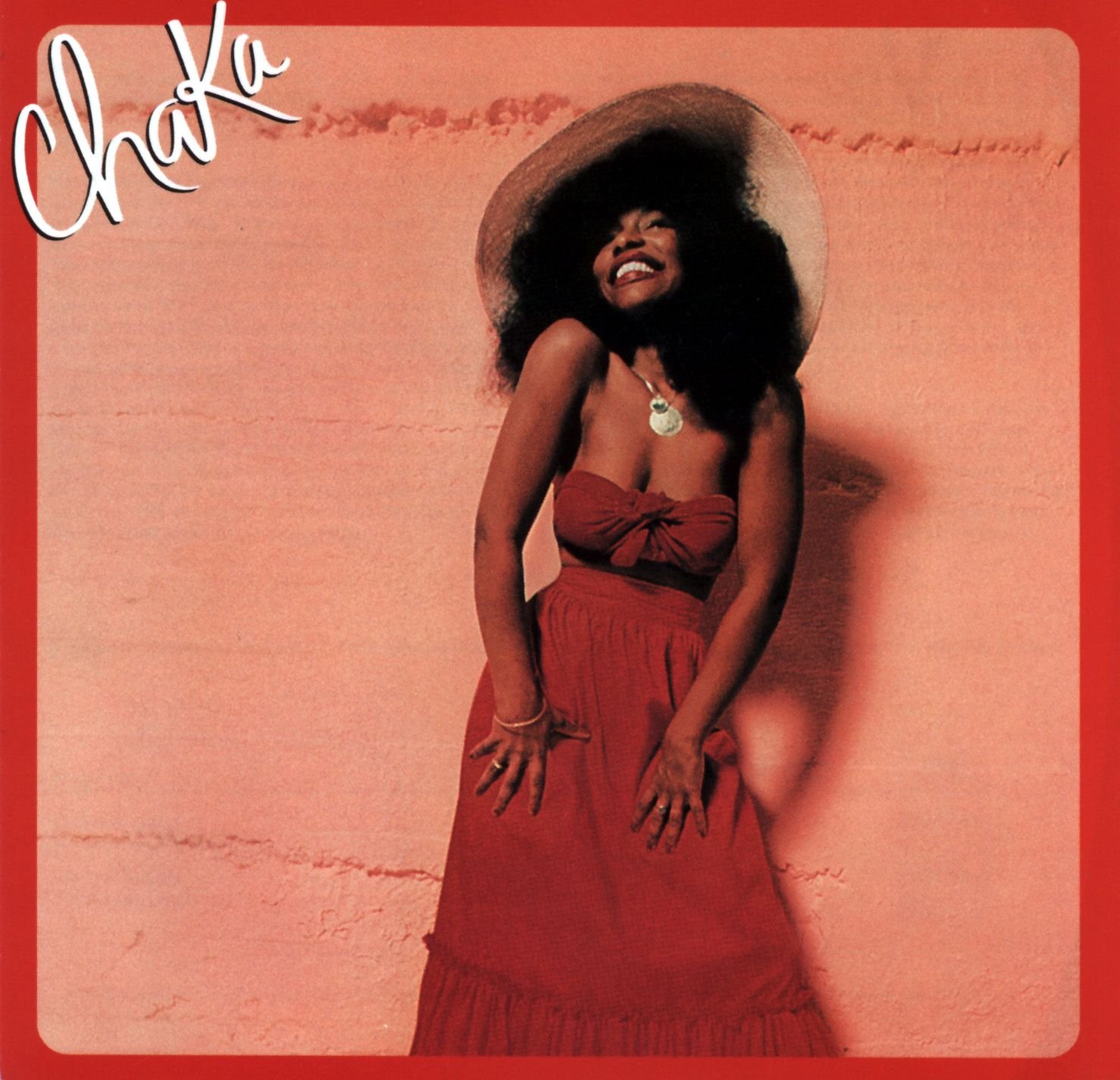:format(jpeg):mode_rgb():quality(90)/discogs-images/R-1379360-1375718268-6561.jpeg.jpg)
Louis and George Johnson were pretty deeply involved with the LA session scene when they released their third duo outing in 1978. Its actually a superb example how even larger groups from that era were often augmented by sometimes over a dozen other session players. On the Blam!! album it was some fine, funky company in that regard. With the likes of Larry Carlton, Steve Khan, Richard Tee, Jerry Hey, Eddie “Bongo” Brown, Michael Brecker and David Foster (among others) as the musicians featured on this albums eight tracks.
Blam!! itself is musically one of the finest albums the Johnson’s made with Quincy Jones. And certainly among the most thoroughly funky. “Ain’t We Funkin’ Now” has that infectious hook-with Louis Johnson’s slap bass right up in your face. Not to even mention the call and response lead vocals that define both the chorus and refrains of it. The liquid instrumentation of the title song and on “Mista Cool” are tailor made for more hard and heavy funk-especially the delicious is the intro to the latter tune, where the keyboard fades in and out of the left and right channels of the speaker as the chords change.
“Ride O Rocket” puts Ashford & Simpson’s songwriting/production stamp on the bands sound. So its a funky uptempo soul tune where the refrain has that disco friendly piano walk down that Nick & Val always achieved so well in their 70’s heyday .As for the closing instrumental “Streetwave”? Well its probably the finest instrumental these guys had done. It builds to a fevered intensity and works superbly as jazz, funk, R&B and even pop. With the bass and Rhodes providing a wonderfully cinematic intro. Along with Jones’ big band style, muted horn fueled refrains.
The only element on this album that really contrasts with it’s harder edged core are the inclusion of two ballads. “It’s You Girl” is another instrumentally liquid number-with some beautiful processed guitar and Rhodes-along with Alex Weir singing lead and with an uptempo chorus. is a nice enough quiet storm kind of song but,sometimes a change of pace isn’t necessary if the rest of the music smokes.”So Won’t You Stay” is a more traditional slow jam-with George Johnson doing a pretty sweet vocal lead. Again it has a somewhat faster chorus-though a bit smoother in this particular case.
Blam!! represents The Brothers Johnson’s final album released of the 70’s. Coming into recording on their on mid decade, Louis Johnson would soon get the gig of the lifetime. That was, of course playing on the first two Quincy Jones produced Michael Jackson albums, both of which became the biggest selling recordings of all time. The album also showcases the most sonically even blend of hard funk and sleek pop jazz in the late 70’s. And in all fairness, if I was asked to recommend one stand alone Brothers Johnson album that brought in all of their musical flavors in one place, Blam!! would likely it.






